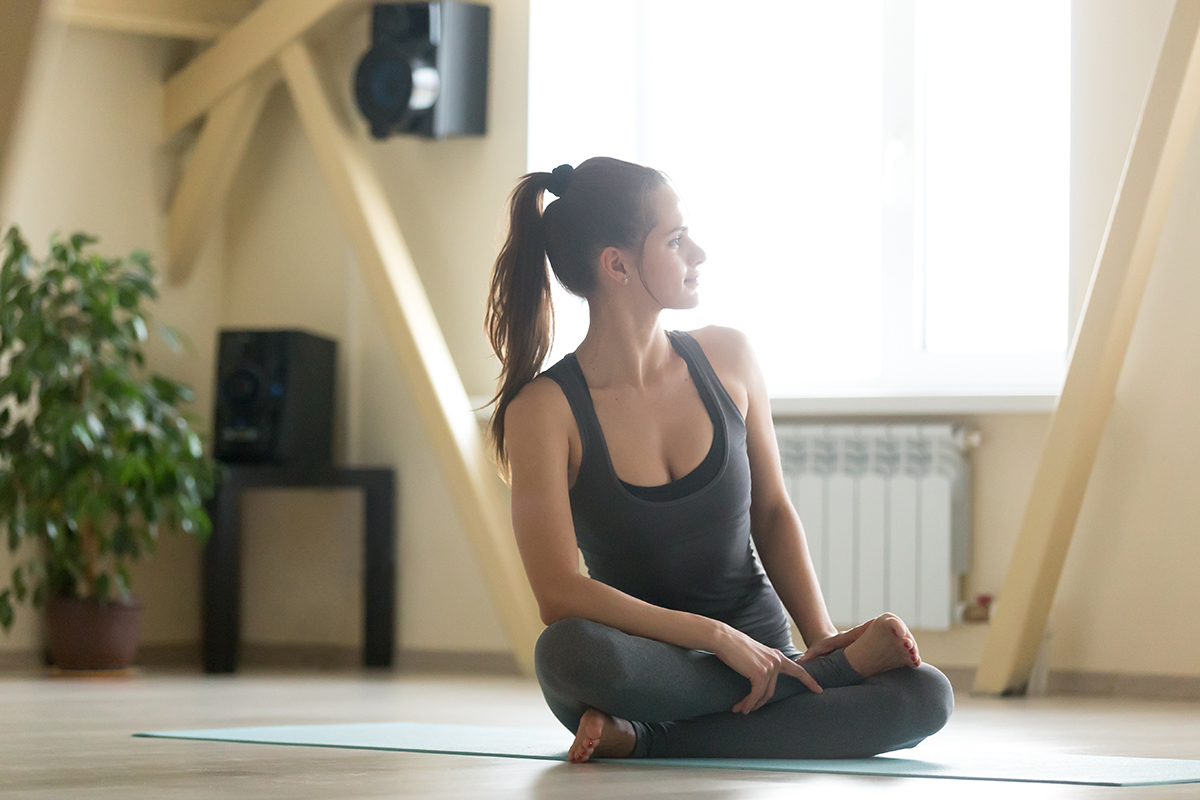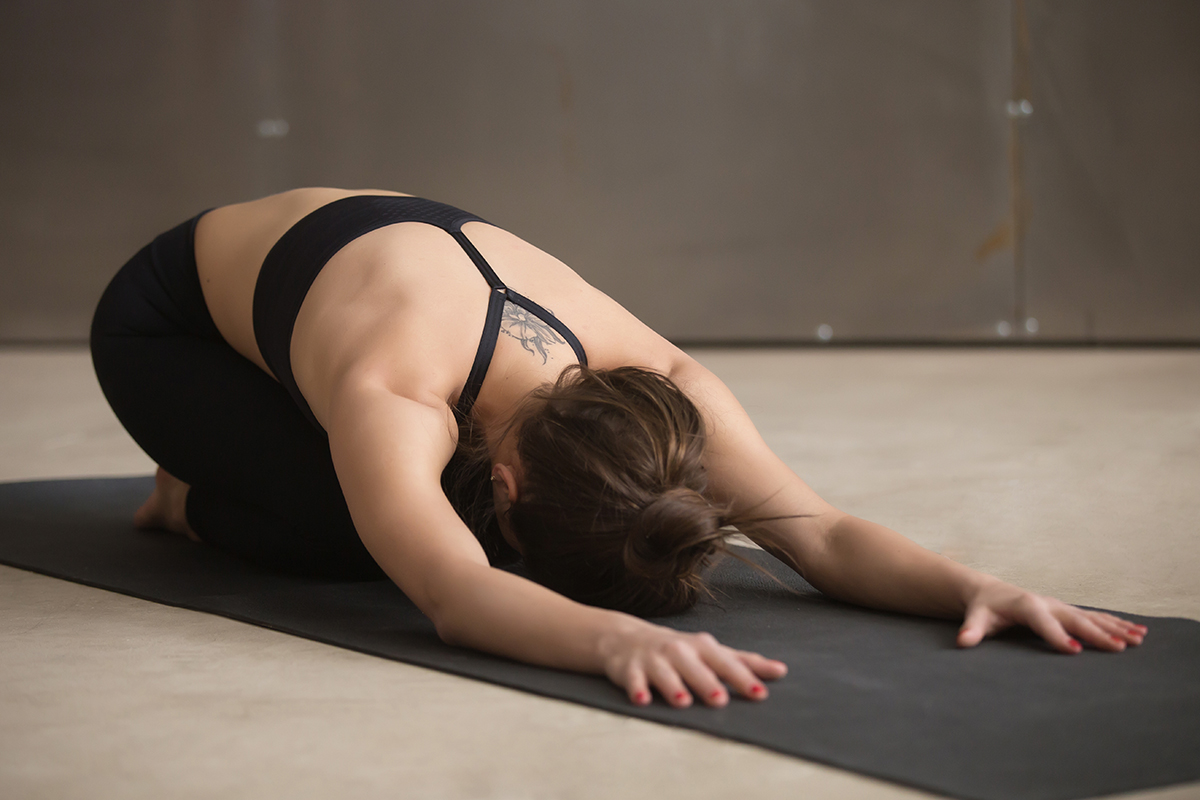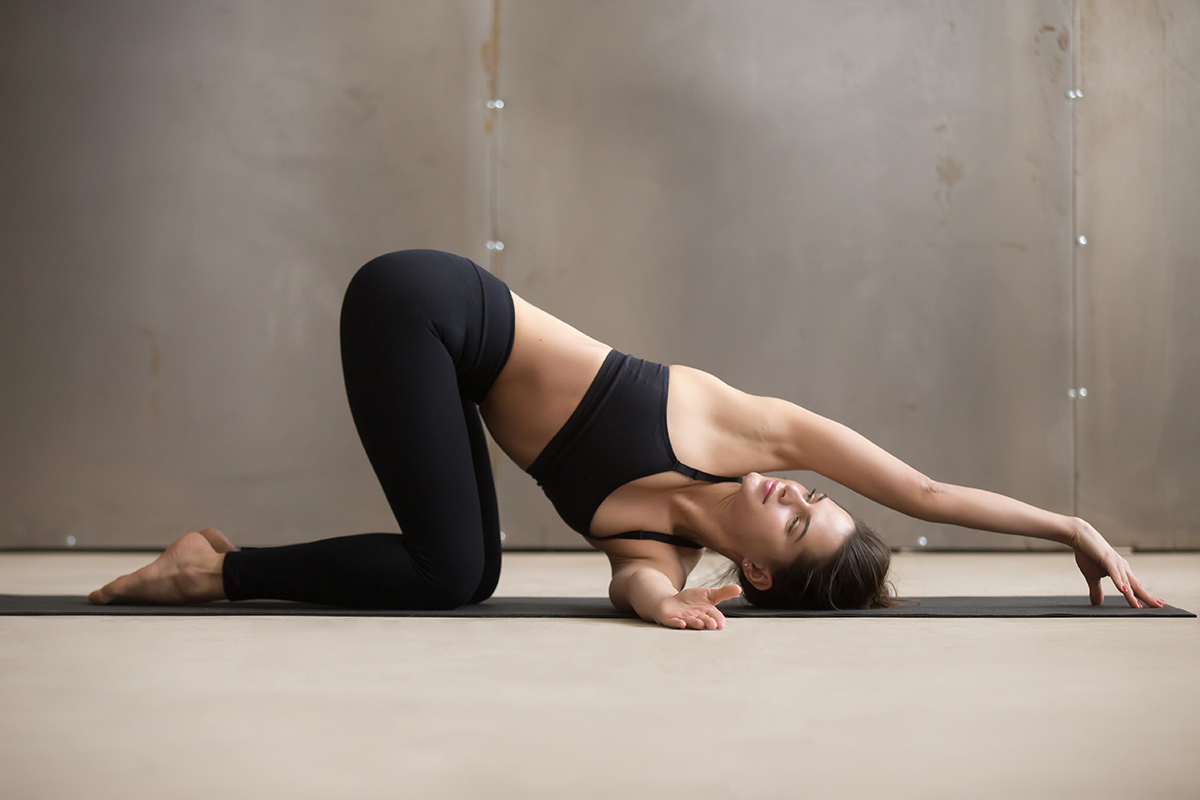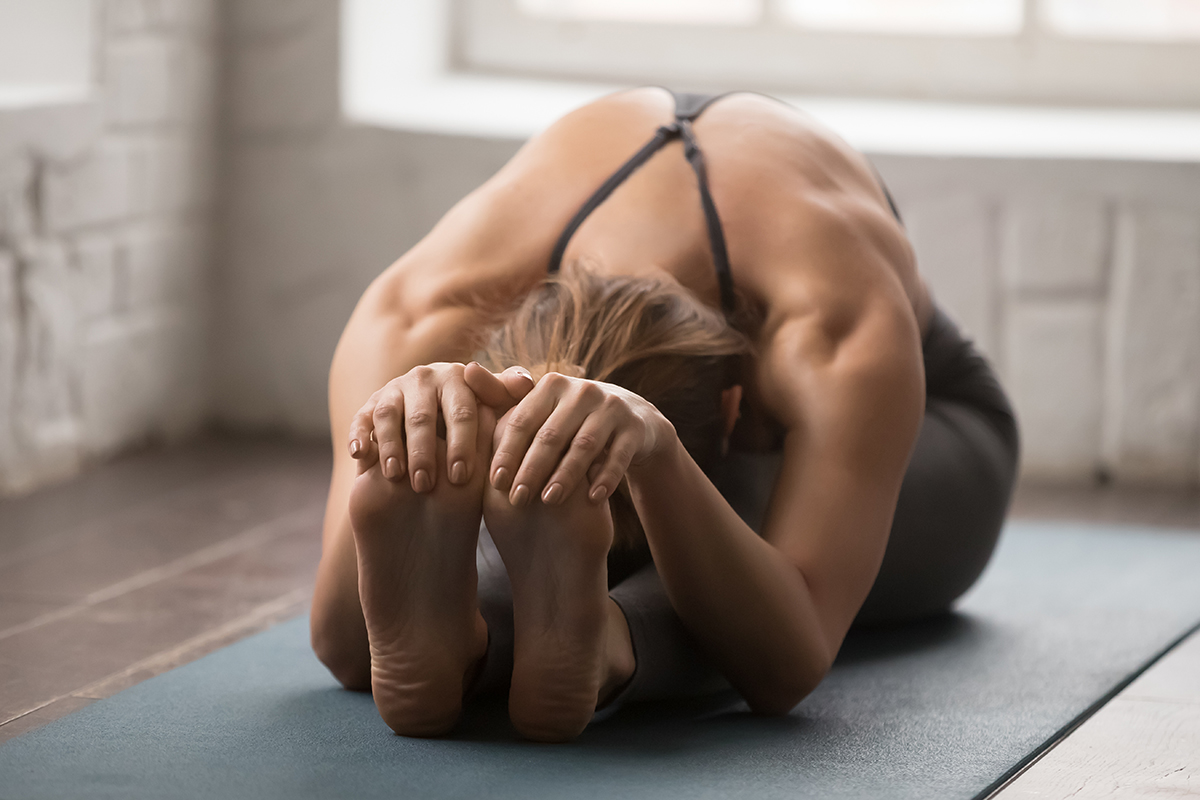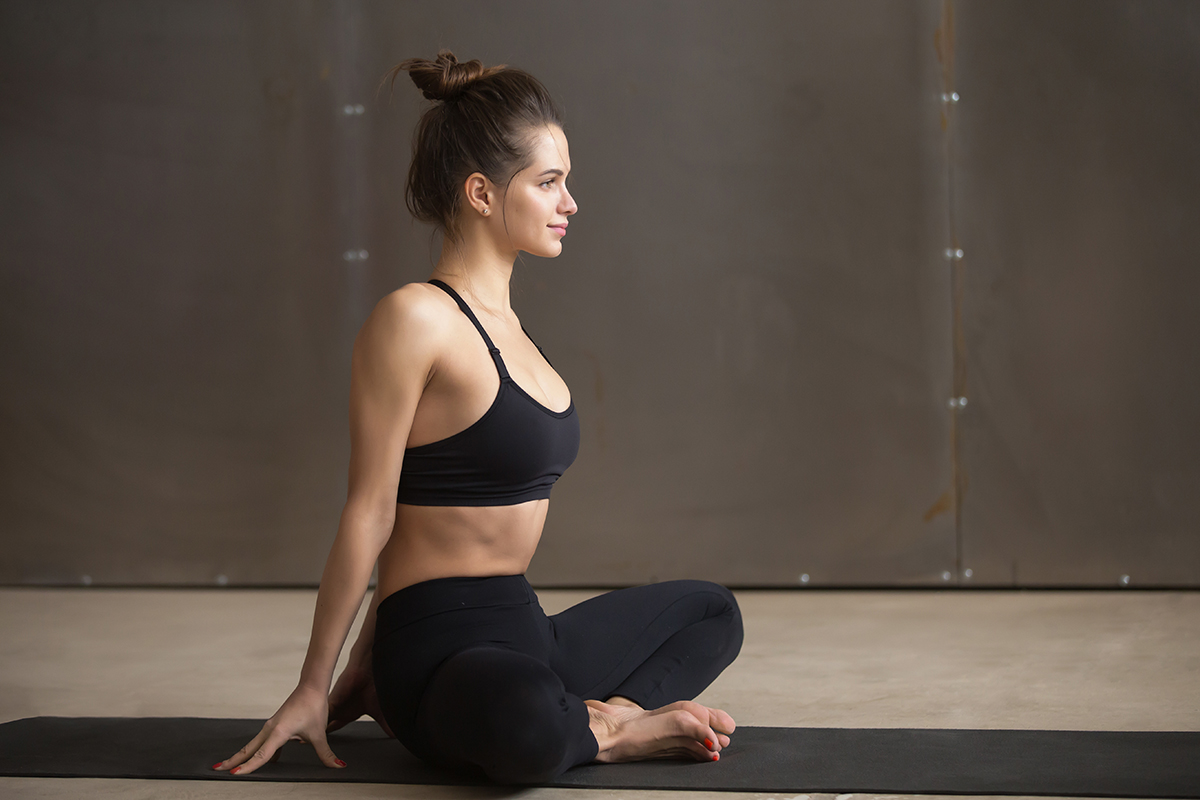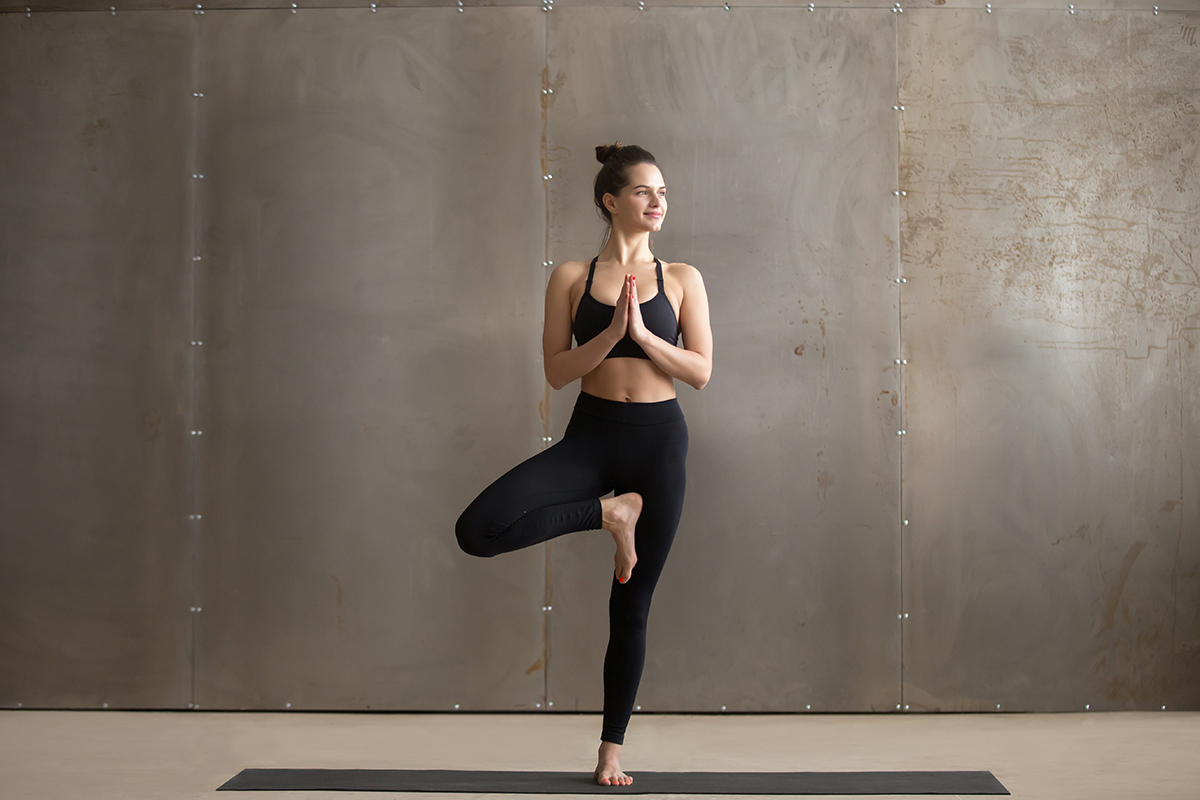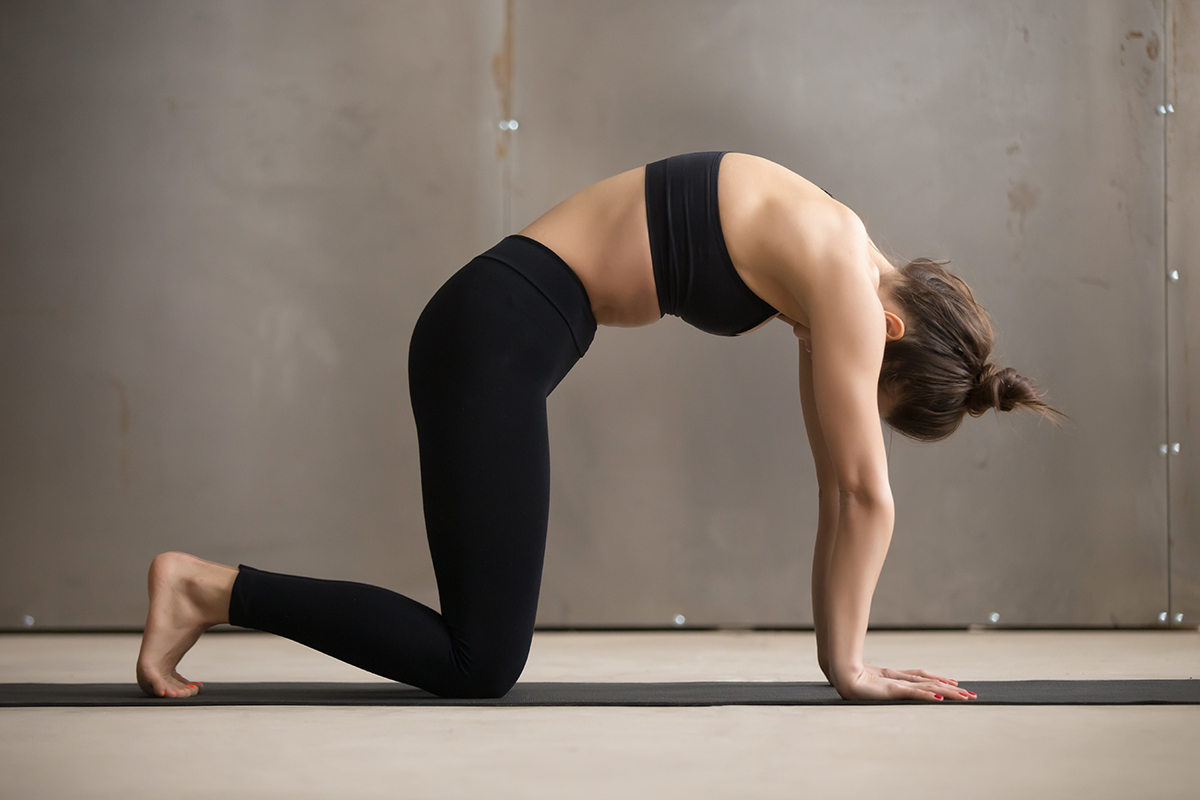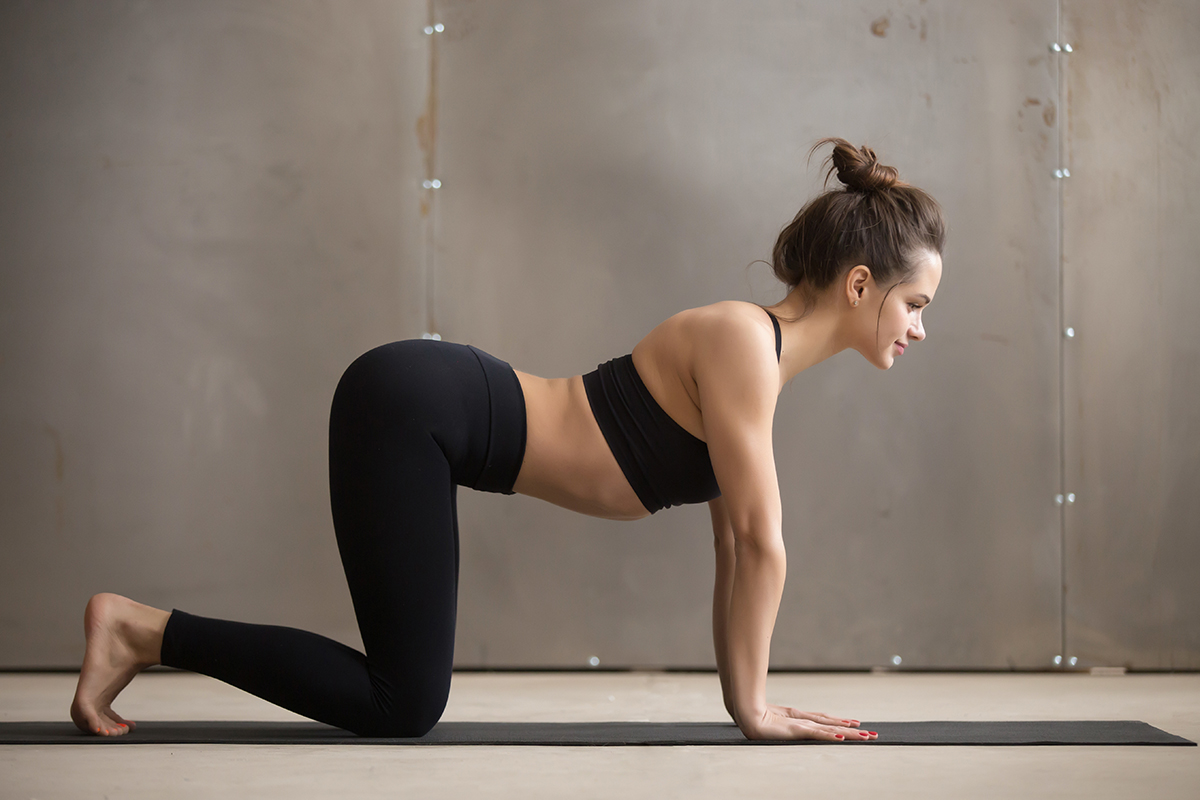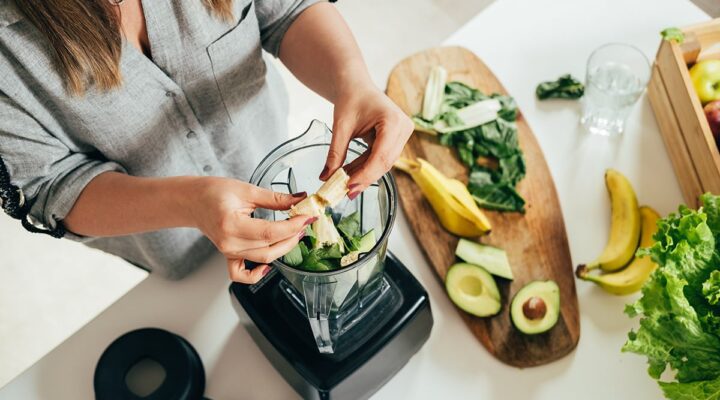How to Enhance Athletic Performance With Yoga
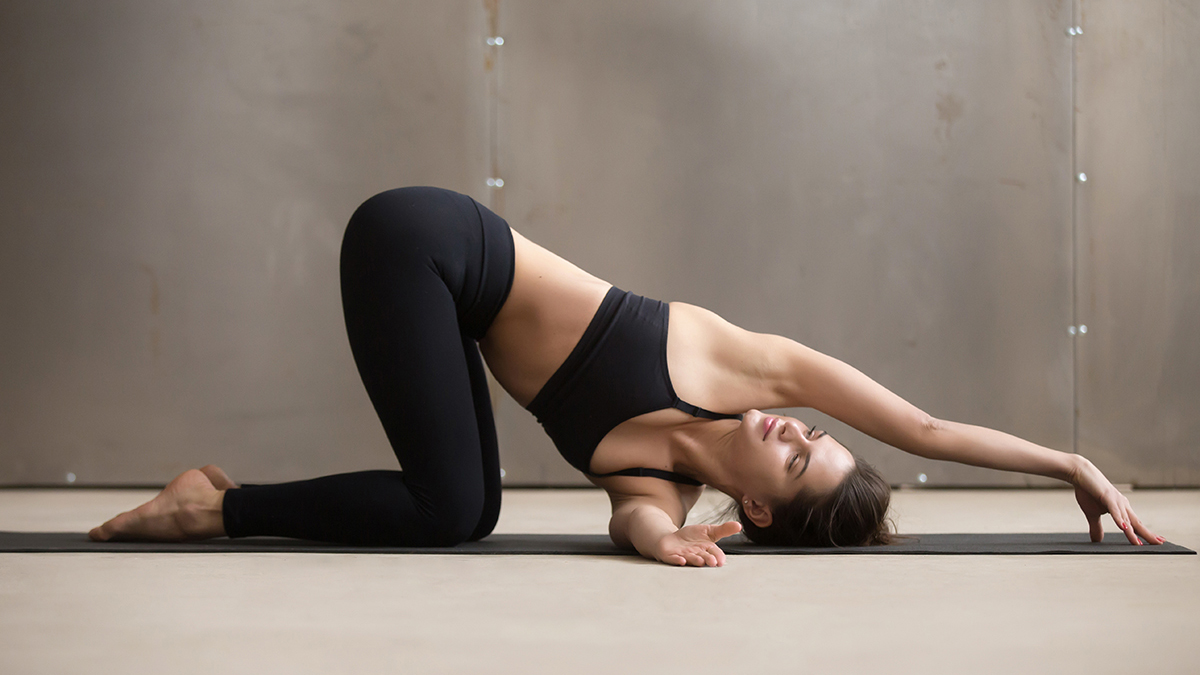
Yoga comes with all kinds of benefits to body and mind, but we often consider yogis as people committed only to their chosen practice. To think like this is to serve yoga’s physical benefits a disservice.
The truth is that yoga can be used as a tool to complement practically every active pursuit you can think of, improving performance by providing a counter to the physical toll of other sporting disciplines.
“One of the greatest gifts that yoga offers for other active pursuits is injury reduction and prevention,” agrees internationally recognised yoga instructor Kirsty Gallagher. “Shortened, tight muscles restrict range-of-motion, reduce the functionality of joints and contribute to the loss of joint alignment. In turn, this creates immense wear and tear, accounting for a lot of the stiffness, tightness and pain felt by hobbyists and athletes alike.”
In yoga, we are given the opportunity to balance out this shortening of the muscles, encourage stabilisation of the joints and greatly improve our range of motion – enhancing our abilities elsewhere.
“Yoga practise will very quickly help you identify which parts of your body are out of balance, overworked, too tight or too weak,” advises Gallagher. “Correct posture is another important factor, and yoga helps not only to become aware of this but also greatly improve posture over time. In turn, it will help you stick to correct techniques in other active pursuits, reducing the risk of injury.”
“The cherry on the cake is that yoga will help you build muscle by aiding recovery time and repairing muscles,” she continues. “Muscles will stretch and relax, allowing for increased blood flow to the muscles, bringing in more oxygen for them to heal and grow stronger.”
Below, we’ve enstated Gallagher’s expertise to identify some of the key points at which yoga can benefits several different active pursuits, from running to heavy lifting. Read on to learn which poses will help to target and correct specific muscles at work, as well as which schools of practice might be most effective as a training aid.
Weight lifting 🏋️♂️
People who weight train regularly tend to restrict their range of motion, particularly in the shoulders, lower back and hips.
Hip openers such as the reclined pigeon (1) or seated square pose (2), or a reclined/seated twist(3) for the lower back will all help to open the thoracic. Child pose (4) or threading the needle (5), meanwhile, will open up the shoulders.
Yin yoga is a good option for weightlifters, where poses are held for a longer time to help lengthen muscles and improve joint mobility while releasing the fascia and connective tissues in the body.




